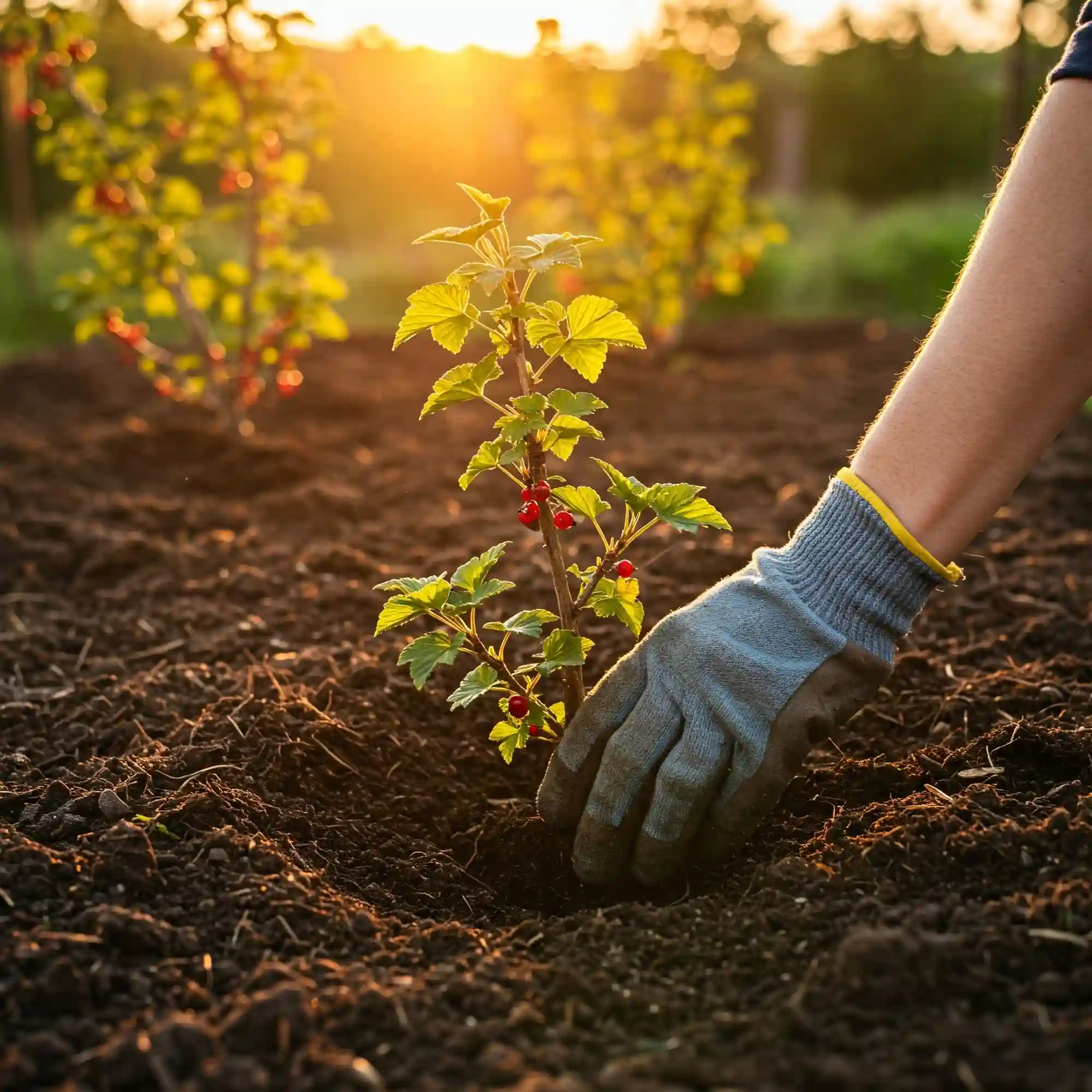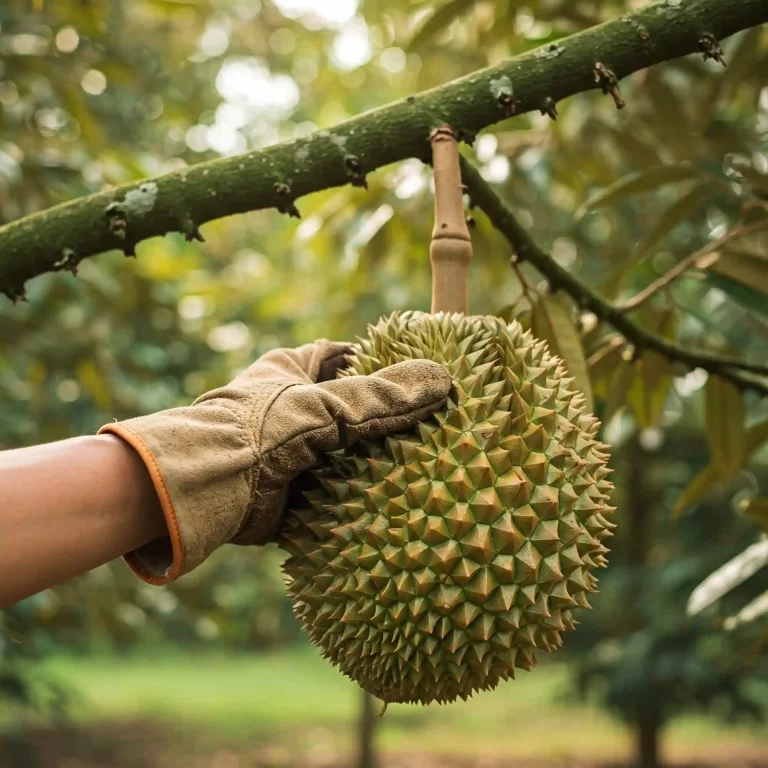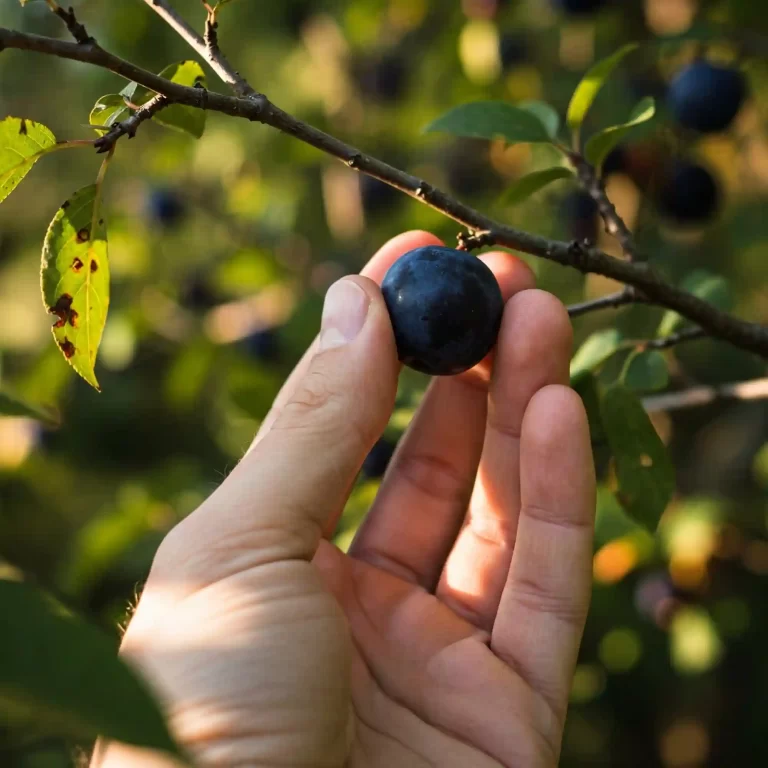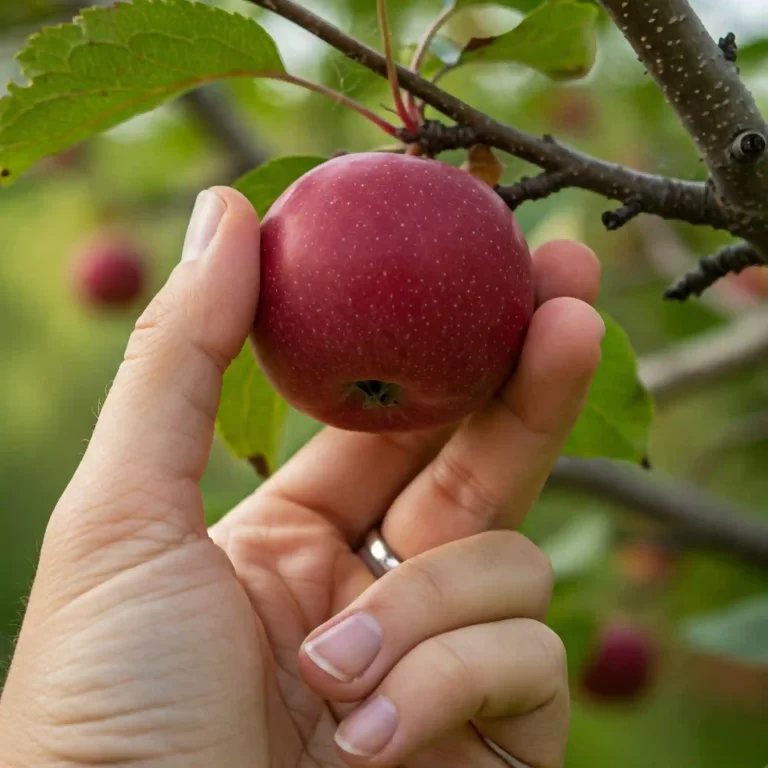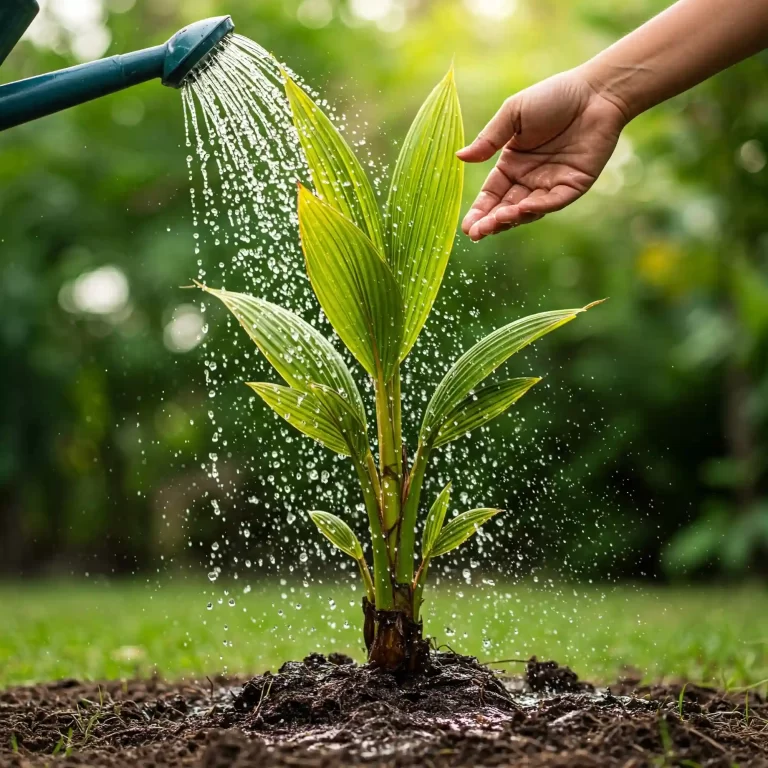Do you dream of a bountiful harvest of juicy, tart currants right from your own garden? Perhaps you’ve tried growing them before, only to be met with disappointment. Frustration with meager yields, battles with pests, or the sheer mystery of cultivating these vibrant berries can be disheartening. But fear not, fellow gardener! With the right approach, you can unlock the secrets to growing luscious currant fruits that will leave you with a surplus to enjoy all season long.
Choosing the Perfect Currant Variety
The first step on your currant-growing journey is selecting the right variety. Just like humans, not all currant bushes are created equal. Some thrive in the frigid embrace of winter, while others prefer milder climates. Consider these factors when making your selection:
- Climate: Currants are generally hardy plants, but they do have their preferences.
- Cold Climates: Varieties like ‘Red Lake’ and ‘Black Velvet’ are well-suited for colder regions, exhibiting excellent cold hardiness.
- Warmer Climates: If you reside in a warmer climate, opt for varieties like ‘Wilder’ or ‘Ben Lomond,’ which can tolerate higher temperatures.
- Space: Currant bushes can range in size from compact varieties like ‘Titania’ to larger, more vigorous ones like ‘Ben Nevis.’ Measure your garden space to ensure the chosen variety has ample room to grow and flourish.
- Flavor Profile: The world of currants offers a spectrum of flavors. Red currants tend to be tart, while black currants are known for their intense, almost cassis-like flavor. White currants offer a milder, sweeter taste. Explore different varieties to discover your preferred flavor profile.
- Disease Resistance: Currant bushes can be susceptible to diseases like white pine blister rust and powdery mildew. Choosing disease-resistant varieties like ‘Rovada’ or ‘Ben Sarek’ can minimize your risk of encountering these issues.
By carefully considering these factors, you can select currant varieties that are well-suited to your specific growing conditions and preferences.
Preparing the Ideal Soil
Just as a chef carefully selects the finest ingredients, you must provide your currant bushes with the ideal soil foundation for optimal growth. Currants thrive in well-drained soil rich in organic matter. Here’s how to prepare your soil:
- Soil Testing: Before planting, conduct a soil test. This will give you valuable insights into your soil’s pH level, nutrient content, and drainage capabilities. A soil test kit is readily available at most garden centers and can be easily used at home.
- Amending the Soil: Based on your soil test results, amend the soil as needed. If your soil is heavy clay, incorporate organic matter like compost or well-rotted manure to improve drainage and aeration. Sandy soils may benefit from the addition of organic matter to increase water retention.
- pH Level: Currants prefer slightly acidic soil with a pH between 6.0 and 6.5. If your soil is too alkaline, you can amend it with sulfur or aluminum sulfate to lower the pH.
By preparing the ideal soil environment, you’re setting the stage for healthy, vigorous growth and abundant fruit production.
Planting Your Currant Bushes
Planting your currant bushes at the right time and with the proper technique is crucial for their success. Here’s a step-by-step guide:
- Timing: The best time to plant bare-root currant bushes is in early spring, just as the soil begins to warm up. Alternatively, you can plant in the fall, a few weeks before the first frost.
- Spacing: Spacing will vary depending on the variety and your desired garden layout. Generally, allow 4-6 feet between bushes to ensure adequate air circulation and sunlight penetration.
- Planting Depth: Dig a hole slightly larger than the root ball of the currant bush. Gently place the bush in the hole, ensuring the root crown is level with the surrounding soil. Backfill the hole with soil, firming it gently around the roots.
- Watering: After planting, water the currant bushes thoroughly to settle the soil and help them establish.
By following these planting guidelines, you’ll give your currant bushes the best possible start in their new home.
Essential Care for Healthy Currant Bushes
Just like any other plant, currant bushes require consistent care to thrive. Here are some essential practices to keep your bushes healthy and productive:
- Watering: Regular watering is crucial, especially during dry periods. Water deeply and infrequently to encourage deep root growth. Avoid overhead watering, as this can increase the risk of fungal diseases.
- Mulching: Apply a layer of organic mulch, such as wood chips or straw, around the base of the bushes. Mulch helps to retain moisture, suppress weeds, and regulate soil temperature.
- Fertilizing: Fertilize your currant bushes in early spring with a balanced fertilizer to provide them with the nutrients they need for growth and fruit production. Avoid over-fertilizing, as this can lead to excessive vegetative growth at the expense of fruit production.
- Pruning: Regular pruning is essential for maintaining the health and productivity of your currant bushes. Prune in late winter or early spring before new growth begins. Remove any dead, damaged, or crossing branches. Prune out older canes to encourage the growth of new, more productive canes.
By providing consistent care, you’ll ensure your currant bushes remain healthy and continue to produce bountiful harvests for years to come.
Harvesting and Enjoying Your Currant Fruits
The anticipation of harvesting your own homegrown currants is truly rewarding. Here’s how to harvest and enjoy your bounty:
- Harvesting Time: Currants typically ripen in late summer or early fall. The color of the berries will change as they ripen. Red currants will turn bright red, black currants will turn deep purple or black, and white currants will turn translucent.
- Harvesting Technique: Gently pick the ripe berries from the stems, leaving the stems intact. Avoid bruising the berries, as this can reduce their shelf life.
- Storage: Store harvested currants in the refrigerator for up to a week. For longer storage, you can freeze them. Place the berries on a baking sheet and freeze them in a single layer. Once frozen, transfer them to airtight containers or freezer bags.
- Enjoying Your Harvest: The possibilities for enjoying your homegrown currants are endless.
- Fresh Eating: Enjoy the tart sweetness of fresh currants straight from the bush.
- Culinary Creations: Use currants to make jams, jellies, pies, and other delicious desserts.
- Savory Dishes: Add a touch of tartness to savory dishes like pork roasts, duck confit, and vinaigrettes.
By following these tips, you can enjoy the fruits of your labor and savor the deliciousness of homegrown currants all season long.
Frequently Asked Questions
Growing currant fruits can present unique challenges. Here are some frequently asked questions to help you navigate the process:
Can I grow currant bushes in containers?
Yes, you can absolutely grow currant bushes in containers! However, you’ll need to choose dwarf or semi-dwarf varieties and provide them with ample space and regular watering. Choose a large container with plenty of drainage holes. Fill it with a well-draining potting mix and ensure the container receives at least 6 hours of sunlight per day.
How do I propagate currant bushes?
Currant bushes can be propagated through a couple of methods:
- Cuttings: Take hardwood cuttings in late fall or winter, or softwood cuttings in early summer. Dip the cuttings in rooting hormone and plant them in a well-draining medium. Keep the cuttings moist and provide them with bottom heat.
- Layering: Select a low-growing branch and bend it to the ground. Bury a portion of the branch in the soil and secure it in place with a rock or U-shaped wire. Once the buried portion of the branch has rooted, you can separate it from the parent plant and transplant it.
What are the best companion plants for currant bushes?
Companion planting can benefit your currant bushes by attracting pollinators, deterring pests, or improving soil health. Some good companion plants for currants include:
- Pollinators: Borage, chives, and yarrow attract beneficial insects like bees and butterflies, which can help to pollinate your currant bushes.
- Pest Deterrents: Garlic, onions, and mint can help to repel certain pests that may harm your currant bushes.
- Soil Improvers: Legumes like beans and peas can help to fix nitrogen in the soil, which can benefit your currant bushes.
How do I know if my currant bushes are getting enough sunlight?
Currant bushes require at least 6 hours of direct sunlight per day. If your bushes are not producing many fruits or their leaves are pale and yellow, they may not be receiving enough sunlight. Consider relocating them to a sunnier location or pruning nearby trees or shrubs to allow more sunlight to reach the bushes.
What are the signs of nutrient deficiency in currant bushes?
Nutrient deficiencies can manifest in various ways, including:
- Nitrogen deficiency: Leaves may turn yellow or pale green.
- Phosphorus deficiency: Leaves may appear dark green or purplish.
- Potassium deficiency: Leaves may develop brown or scorched tips.
- Magnesium deficiency: Leaves may develop yellowing between the veins.
If you suspect your currant bushes are experiencing nutrient deficiencies, conduct a soil test to determine the specific nutrient needs. You can then amend the soil or apply appropriate fertilizers to address the deficiencies.
By addressing these frequently asked questions, you can gain a deeper understanding of currant bush care and successfully cultivate these delicious fruits in your own garden.
Conclusion
Growing currant fruits can be a rewarding and fulfilling experience for any gardener. By following the tips and techniques outlined in this guide, you can increase your chances of success and enjoy a bountiful harvest of these delicious berries.
Remember, patience and consistent care are key to cultivating healthy and productive currant bushes. By providing your plants with the right conditions, protecting them from pests and diseases, and following proper pruning and harvesting techniques, you can reap the rewards of your efforts with a delicious supply of homegrown currants.
Final Thoughts:
- Growing currant fruits is a journey, not a destination. Embrace the learning process and enjoy the satisfaction of nurturing these plants and watching them thrive.
- Don’t be afraid to experiment and try different techniques. Every garden is unique, and what works well for one gardener may not work for another.
- Most importantly, have fun! Growing your own food is a rewarding experience that connects you with nature and provides you with a sense of accomplishment.
